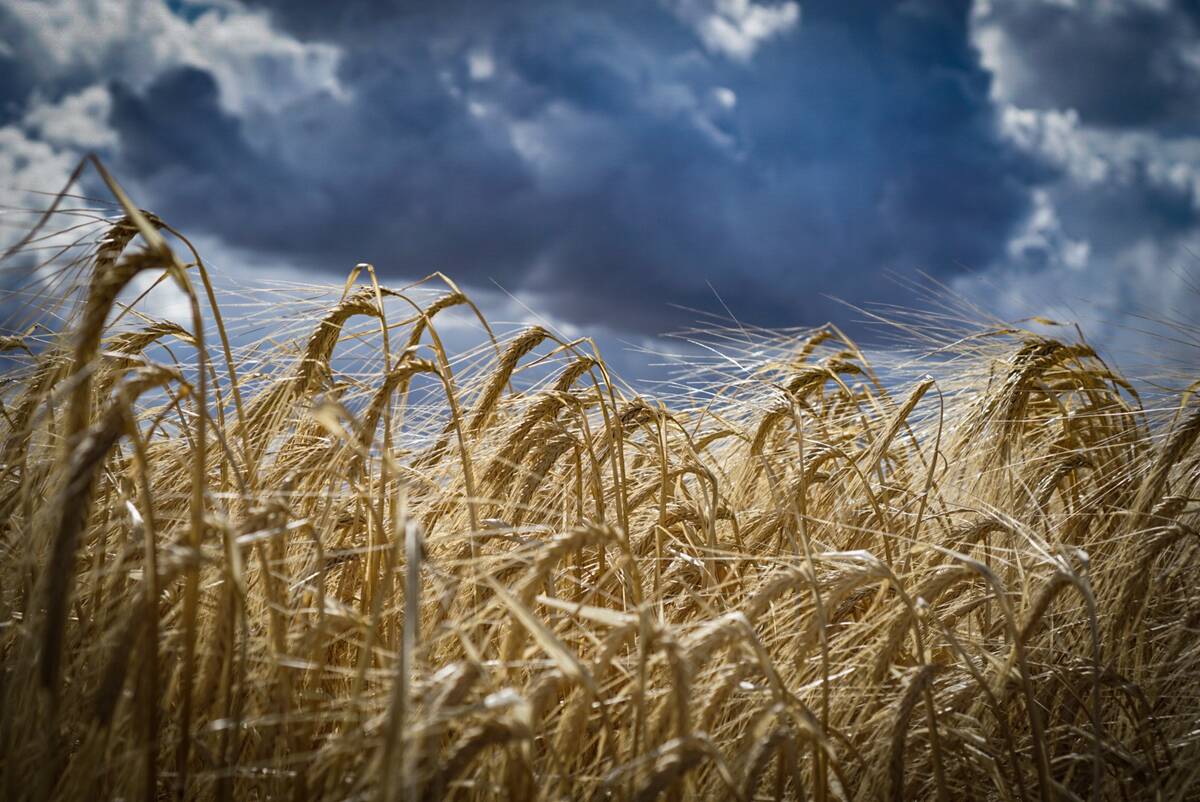A poster in a downtown Calgary boardroom displays a cartoon diagram of what happens to grain from the time it is seeded until it is delivered to port.
It was those steps in the food production process that convinced Kryos president Trevor Nimegeers that his software development company could help agribusinesses and farmers gather information faster.
Nimegeers, who grew up near Swift Current, Sask., is a different kind of computer whiz who understands the technology in all its forms as well as agriculture and entrepreneurship.
Read Also

Malting barley exporters target Mexican market
Canada’s barley sector is setting its sights on the Mexican market to help mop up some of the lost demand from China
He formed Kryos in 1995 and has 20 employees on staff who write software packages for companies to enhance their existing programs.
Last year, Kryos created a subsidiary, Grainwaves, because it saw agriculture as an underserviced area where the need for instant information is as relevant as any other business. Customers will include big businesses but also farmers who want real time information, whether they are in the home office or in the tractor.
Working with companies such as Viterra and Federated Co-operatives, Grainwaves offers instant doorways to information on computers, Blackberries or other smart phones with the touch of an icon.
“We take all the complexity of these big computer systems and make it a simple self service website,” Nimegeers said.
The Grainwaves system is similar to on-line banking.
Farmers are directed to a network and communicate with the company’s computer system, which delivers information so they can check their accounts or make instant marketing decisions.
“You’ve got a device that is smarter, you’ve got volatile markets and people are saying a day can be the difference between thousands of dollars on a contract they signed. They want to move fast,” he said.
The new generation of smart phones are no bigger than a deck of cards but can put farmers in touch with the world with a click or two on the keypad. They offer advanced personal computer capabilities with features such as e-mail and internet access beyond what an ordinary cell phone can do.
When developing his new system, Nimegeers talked directly with farmers and large companies who are interested in consolidated information.
His ideal scenario is where a farmer is in the shop and his smart phone rings. It tells him canola just hit the price he wanted. He clicks twice and builds in a target price agreement with his grain company before markets shift.
Such a system makes the fax machine obsolete because it can send information and receive a response immediately.
Another feature is a built in GPS tracking system. A farmer can take a picture of a troublesome weed in the field, send it to an agronomist who identifies it and later comes to the field to offer treatment tips.
“It does all the hard work for you. It tracks it on GPS and it integrates it with the other computer systems,” Nimegeers said.
Technical capabilities and network coverage in the past were big limitations but in the last year that has changed although telephone and internet service in rural areas remains a challenge.
“That was one of the fundamentals we built on,” he said.
“Generally the coverage is getting better and better all the time but there is not universal coverage.”
People can buy these phones for less than $500 and sign on to reasonably priced monthly plans.
“People put this beside an old cell phone. It is not the same deal. This is a computer.”















